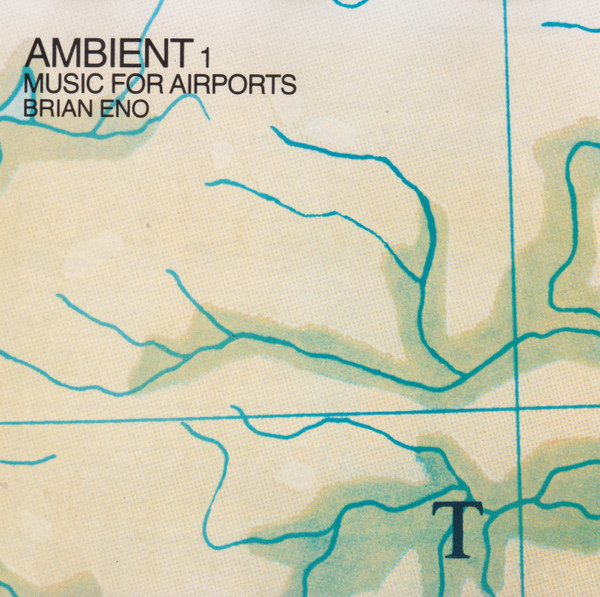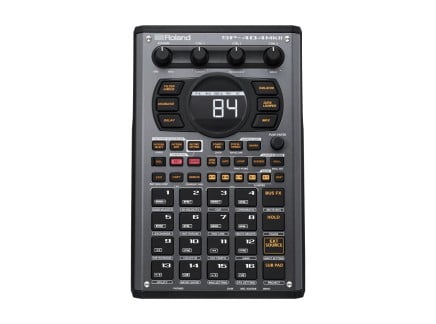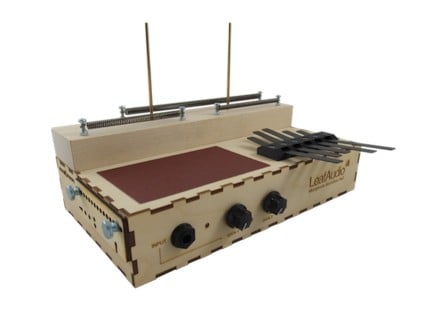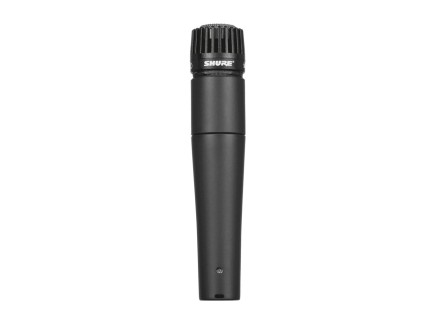All too often ambient music is conflated with synthesizer music, and understandably so—with the phenomenon of modular ambient YouTube videos exploding in popularity it's easy to think that this is the predominant or only way to create this type of music. However, there is a strong tradition of using the synthesizer as just one part of the elaborate woven soundscapes in ambient music, while samples take over a lot of the heavy lifting.
Looking back at the seminal Ambient 1: Music For Airports—Brian Eno's 1978 album which is usually considered the first record to be classified as "ambient music," it was almost entirely created with piano tape loops. As additional examples, Wolfgang Voigt's GAS project is entirely sample-based, and The Caretaker's epic Everywhere at the End of Time uses samples, and the degradation of them, to explore the concept of dementia. Samples are an integral part to the creative process of ambient music and its offshoots, but it can be tedious and not very performative, unless you have controllers or specific samplers. Even then, you are often limited to triggering them with sequencers, or using outboard effects for more creative sonic manipulation.
Enter the Roland SP-404 MkII: a sampler that is incredibly playable whether you are using it tied to a BPM or not. The 404 is probably best known for being used in heavily rhythmic ways, and it works exceptionally well for that. However, we can also use it in a more nebulous, asynchronous way by ignoring—or at least not relying on—the pattern sequencer and treating the 404 as a type of multi-effect, looper device. Through creatively chopping up tonal samples, you can also make your own instruments or wonderfully playable phrases. And by focusing on the samples—and the audio itself—you also can start to free yourself from thinking too much about the technical details, theoretical changes, and just focus on the sound.
Reuse, Recycle, and Resample
When working with samples you aren't leaving them static—well, sometimes you are, but when you are using samples as the main voice of a composition, you'll usually want to have something that evolves and moves. To do this requires listening to your samples and becoming intimately acquainted with them, to the point that you can recognize the points of interest and the natural motion of each sound. If you don't find particular points that are interesting to you, delete the sample and get something new.
 Brian Eno's Ambient 1: Music for Airports
Brian Eno's Ambient 1: Music for Airports
That workflow is the best part of the 404: you can easily capture a sample from anywhere and then trim it, loop it, and chop it, with the result available right at your fingertips. With just a bit of time and work, you'll have a bank of samples available to you, and often times you find a pattern or motion that feels really good but there's no discernible pulse or rhythm. In a more traditional sequencer, that can be a problem and might cause you to realize the idea in a different way that could be more interesting, but having an asynchronous option available can be incredibly useful.
This is where the Resampling feature on the 404 comes into play. You can think of this as a looper of sorts that lets you play whatever you want in the 404—including effects—and record it to a new pad ready for more manipulation. After that, you have the option to let it loop or play as a one-shot. You can also keep resampling for increasingly washed, degraded, and dosed samples that can lead you to places you might not have otherwise trekked to.
Slice & Dice: Sample Chopping
Chopping samples is a core function of the SP-404 MKII, and one that can be used beautifully with textural music. Either by playing a line yourself or by sampling your favorite video demo of gear you don't own, the chop can be invaluable in creating an interesting lead or supportive harmony. By recontextualizing a long sample into 16 triggerable parts, you can start to approach the source material in a different way and hear it anew. This is often crucial for making performative and unique phrases.
Using this technique, along with resampling, you can easily create a sample instrument that is tied to a key and scale. Using the Pitch/Speed parameters, you can have 16 notes of a sampled instrument that fits perfectly to whatever kind of sound bed you have laid down. Each pad also has its own envelope which gives you the option to add attack and release to your samples to remove any clicks that may have resulted from edits, or use it as a way to create long swells and glacial decays. With the option to remove the Gate on the pad, samples are triggered in one-shot playback rather than looping, and if you have a luscious sample chopped up this can make for great textural and harmonic overlaps. Adjust the envelopes to taste and re-engage looping for a constant bed of sonic bliss.
Enhancing Ambiences with Effects
Manipulating audio is the main focus of the 404 however the effects are absolutely vital for creating interesting layers of sounds. Multiple types of reverb, delay, and modulation effects are available, but their unique effects, such as the DJ Looper, vinyl/cassette simulation, and real time pitch shifting can unlock very interesting sounds. Using the control knobs, the active effect's parameters are available for manipulation and they are sorted into simple controls that can create organic movement. With this latest version, you have the ability to have 4 simultaneous effects which means you can create chaos or finely tune the sample to fit neatly in the mix.
Lofi Beats Ambiences To Study/Work Just Nap To
Roland's SP-404 MKII is a versatile instrument that can be used in a variety of ways and can be morphed into whatever musical style you're interested in. Using samples as the primary source material lets you shift your mindset to something more sculptural and less rigid—you will also start noticing that you listen to music differently, more deeply. Everything you hear can now be part of a composition and with the powerful sample manipulation options as well as effects, your piece can truly be your own.











